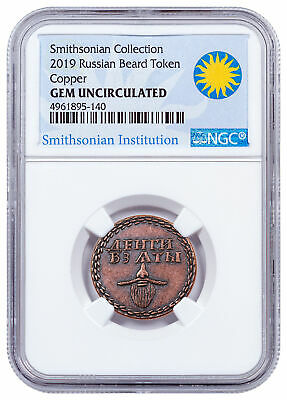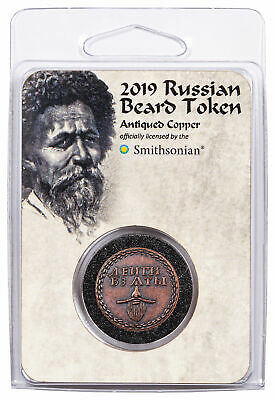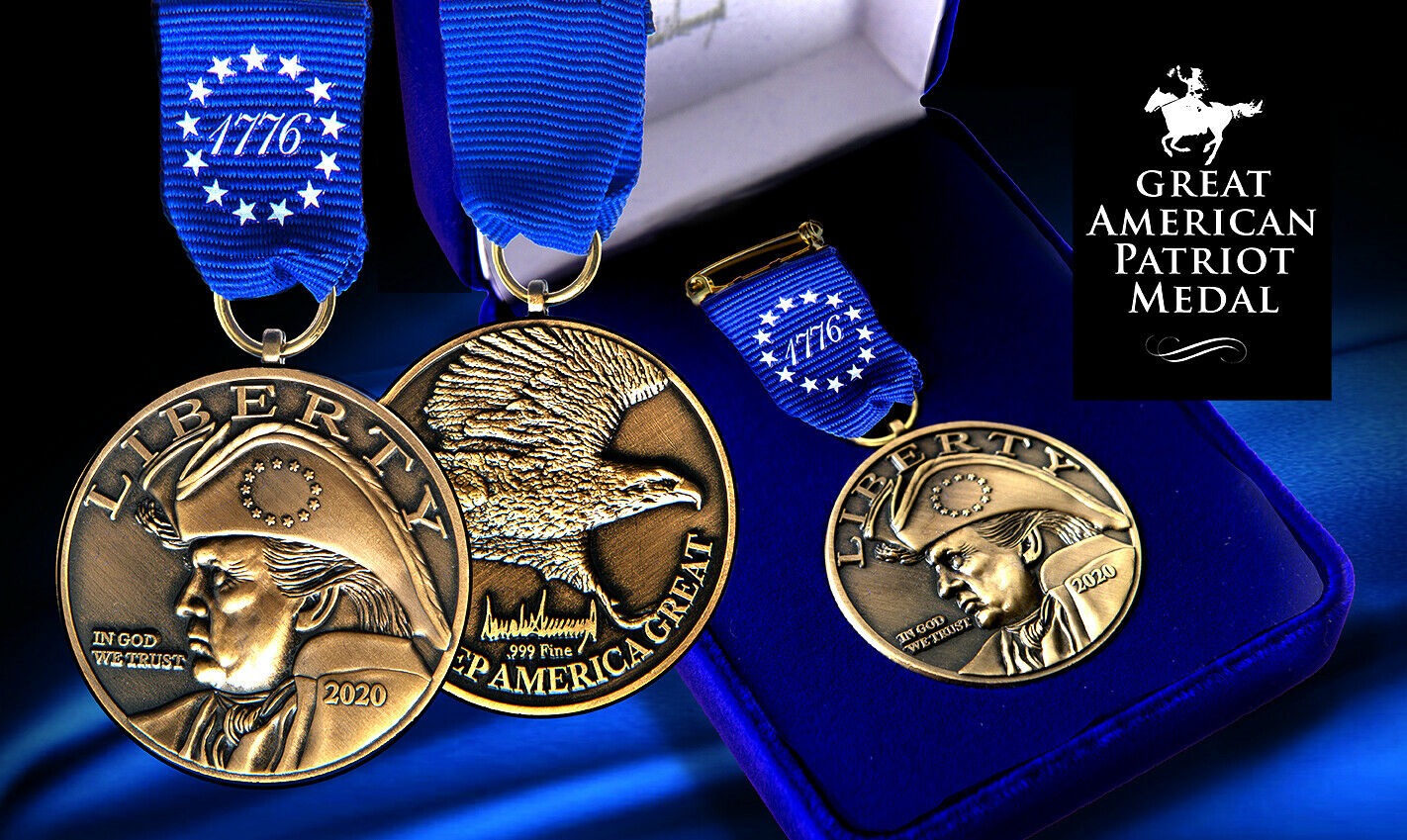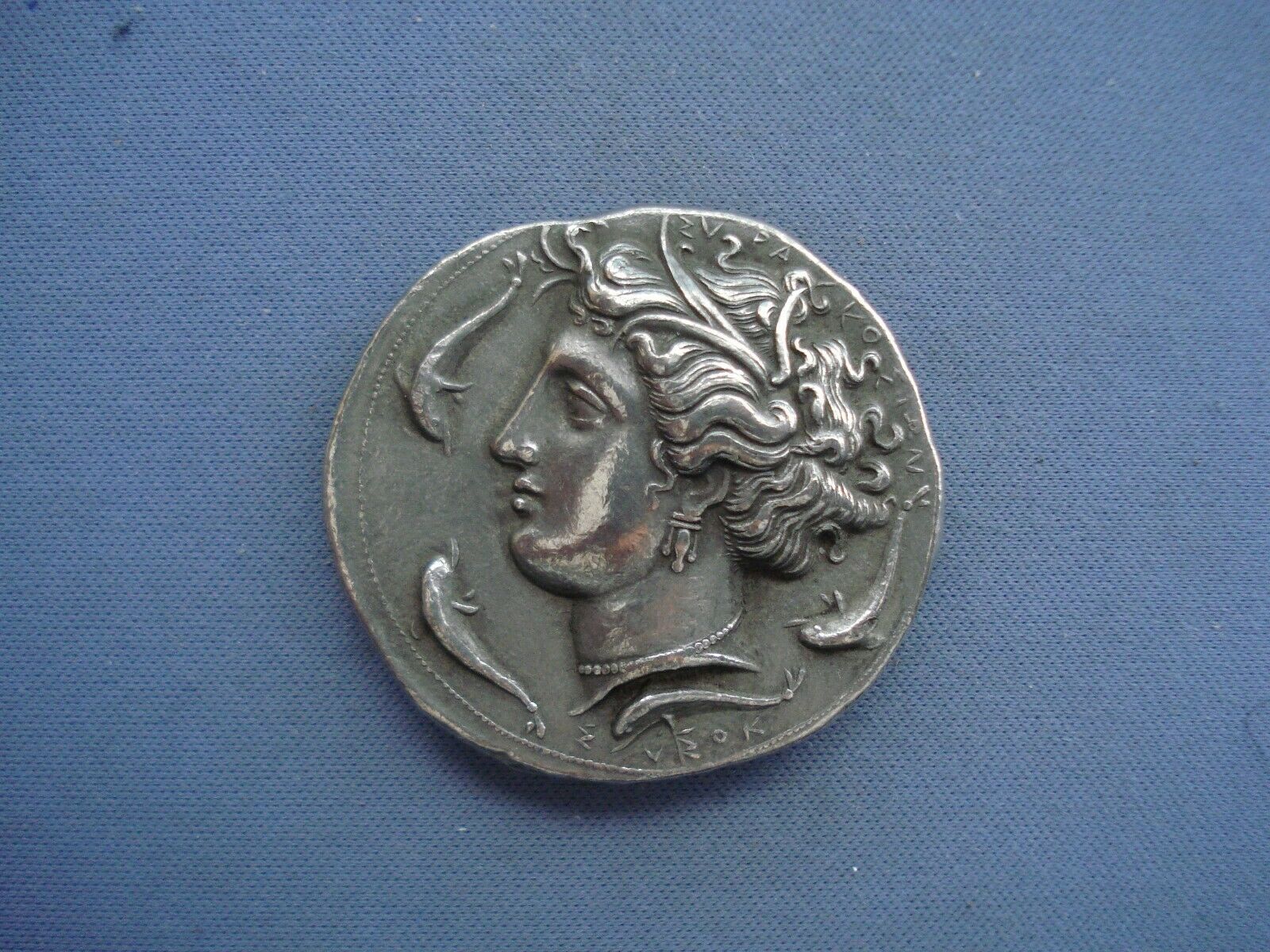-40%
Nude Dupre Washington Diplomatic Jefferson Peace Commerce 1876 Barber Medal CM15
$ 61.77
- Description
- Size Guide
Description
1792 Dupre Washington Diplomatic Jefferson Peace Commerce 1876 Barber Medal CM15149 Grams, Yellow Bronze,
Official
20th Century Restrike; by the United States Mint, at Philadelphia, PA
RESTRICTED BY LAW since 2011: “TO BE ONLY MINTED FOR THE UNITED STATES DEPARTMENT OF COMMERCE DIPLOMATIC AWARDS”. No Longer made for Public Acquisition. Hard to come by U.S. Mint Restrike. They are give out as awards to International Commercial Ventures; that have enhanced the Globalization of World Market through Trade & Commerce, in Peace.
Description:
DIPLOMATIC MEDAL “To Peace And Commerce”:
Charles Barber after Augustin Dupre.
68 mm
Refrences:
Julian Number CM-15 (page 238) [See scan];
US Mint Catalog No.635 [See scan]
Failor 635; (page 258)
Loubat 19; (page 115)
Jaeger and Bowers 73 (page 84)
Weiss BW100
Obverse
:
With America; Symbolized by the guise of a Bare Breasted Indian Princess, Clad only in the Freshly
picked leaves of the Harvest, and holding a Cornucopia, overflowing with the Bounties of the Land;
while sitting atop the Bails and Cages of the American Product; with an Anchor to imply Shipments
of Exports; As She is welcoming Commerce (Symbolized by a Naturally Nude Mercury) to our shores.
In the background, the Wave Crested Sea and a Ship under Full Sail.
Legend: “TO PEACE AND COMMERCE” above.
In exergue (below): IV JUL. MDCCLXXVI (4 July 1776)
DUPRE, F. (Beneath the feet of Mercury)
C. BARBER 1876 (in Exergue at the base of the rims edge)
Reverse
:
Depicts the Great Seal of the United States; being the American Eagle with Breast Shield, Olive
Branch in Left Talon, 13 Arrows in Right Talon, the Motto E Pluribus Unum (Latin for “Out of Many, One”)
on a Banner held by the Eagle’s Beak, with Clouds in an inverted arc, much like the official die,
but the rays of the glory extend down beyond the clouds and in back of the eagle, Rays and 13 Stars
arranged in a 6-pointed star pattern; which was to become the format of the 1841 Great Seal.
Legend: “THE UNITED STATES OF AMERICA” around the sides, and a small rosette of leaves in the exergue below the eagle.
><><><><
I have Posted a Scan of Page 238 of a Book Published in 1977 by the Token and Medal Society; describing in detail
the History of these Medallions. Also, Scans of the Piece next to a Various US Coin; to Compare the Deep Rich Color. No Comparison items included.
><><><><
The Following is a Transcript from the US Mint Catalog:
I have posted a Scan of that page
This medal was ordered in 1790 by Thomas Jefferson, the Secretary of State during the presidency of George Washington, as "a present proper to be given to diplomatic characters on their taking leave of us." The obverse of the medal features the inscription "TO PEACE AND COMMERCE" centered along the top of the medal. America, personified as an Indian queen, holds in her left hand the cornucopia of abundance (Peace) and welcomes Mercury (Commerce) to her shores. Her right hand directs attention to American products, packed ready for export. The inscription "IV JUL. MDCCLXXVI" is centered underneath. The reverse of the medal features the Great Seal of the United States with the inscription "THE UNITED STATES OF AMERICA" centered along the lower border of the medal.
Design:
Obverse - Augustin Dupre
Reverse - Augustin Dupre - Barber
Place Minted: Philadelphia Mint (no mint mark)
Composition: 90% Copper & 10% Zinc
><><><><
The Following was taken from the topic: “Notable depictions of the Great Seal of the United States”
Sub Category: 5 > Diplomatic Medal
https: //en. wikipedia.org /wiki/
Notable_depictions_of_the_Great_Seal_of_the_United_States#Diplomatic_Medal
Compiled By & From: Wikipedia, the free encyclopedia.
In 1790 it was decided to award diplomatic medals to foreign envoys at the end of their service, as a less-extravagant version of the European custom to give diplomats expensive gifts upon their departure. Thomas Jefferson (then the Secretary of State) instructed the U.S. chargé d'affaires in Paris (William Short) to contract with a local engraver to make the medals, since the first was to go to the Marquis de la Luzerne, the former French minister. Jefferson specified that one side must be the Arms of the United States, and gave suggestions for the other side though left the final decision to Short and the engraving artist. Short chose Augustin Dupré, a leading engraver of the time, who completed the medals in 1792.[4]
Dupré created an elegant design, especially interesting for the position of the wings, which are more horizontal ("extended" in heraldic terms) than most other emblazonments. The eagle itself was unmistakably a bald eagle, without a crest. The five-pointed stars were arranged in a six-pointed star pattern (like the future 1841 die). The clouds are in an inverted arc, much like the official die, but the rays of the glory extend down beyond the clouds and in back of the eagle. Dupré added a UNITED STATES OF AMERICA legend around the sides, and a small rosette of leaves in the exergue below the eagle. For the reverse, Dupré apparently followed one of Jefferson's suggestions, depicting a scene of international commerce portrayed as Mercury (the god of diplomacy) in conference with the genius of America (shown as an Indian chief, similar to some early American copper coins).[6]
Only two medals (both made of gold) were given before the practice was terminated, one posthumously to de la Luzerne and the other to his successor Count de Moustier. Six bronze versions were also delivered to William Short. Their existence was eventually forgotten until the 1870s, when references to the medals in Jefferson's papers were connected to the discovery of Dupré's lead working model.[6][4]
><><><><><><><><><><><><><><><><><><><><><><><><><><><><><><><><><
Notice to Buyer:
There is little to No Chance at all that this is one of the 3 Known Originals; it would be worth
Thousands of Dollars; and I would NOT be selling it for such a Fraction of that amount.
This is a Restrike.
Here is the condensed excerpt below from a Stacks Auction.
In 1876, copy dies executed by Charles Barber, were made at the U.S. Mint from lead proofs of the original
medal purchased in Paris by Jules Marcon. After 85 of these are said to have been struck. Because of the
unlikely event of collectors being able to purchase an original (there are only 3 known), these 1876 strikings
have been among the most popular of U.S. Mint medals.
><><><><><><><><><><><><><><><><><><><><><><><><><><><><><><><><><
I will ship Internationally; but you must ask me for a Shipping quote before you buy my Items.
I will do EVERYTHING in my power to insure your International Purchase will cost you ONLY what is needed for me to NET what it would if I sold in to a USA at Free S&H; Including, shipping & Payment Address; Including reduced VAT for my patrons from those countries that TAX their citizens.
WRITE ME.




















